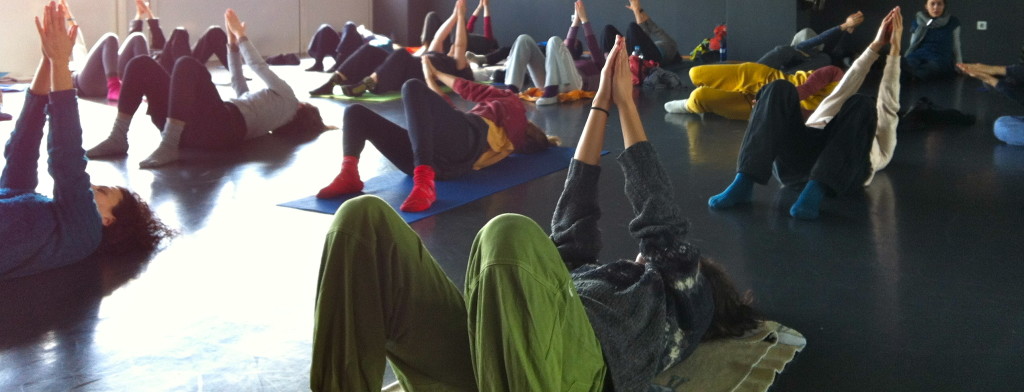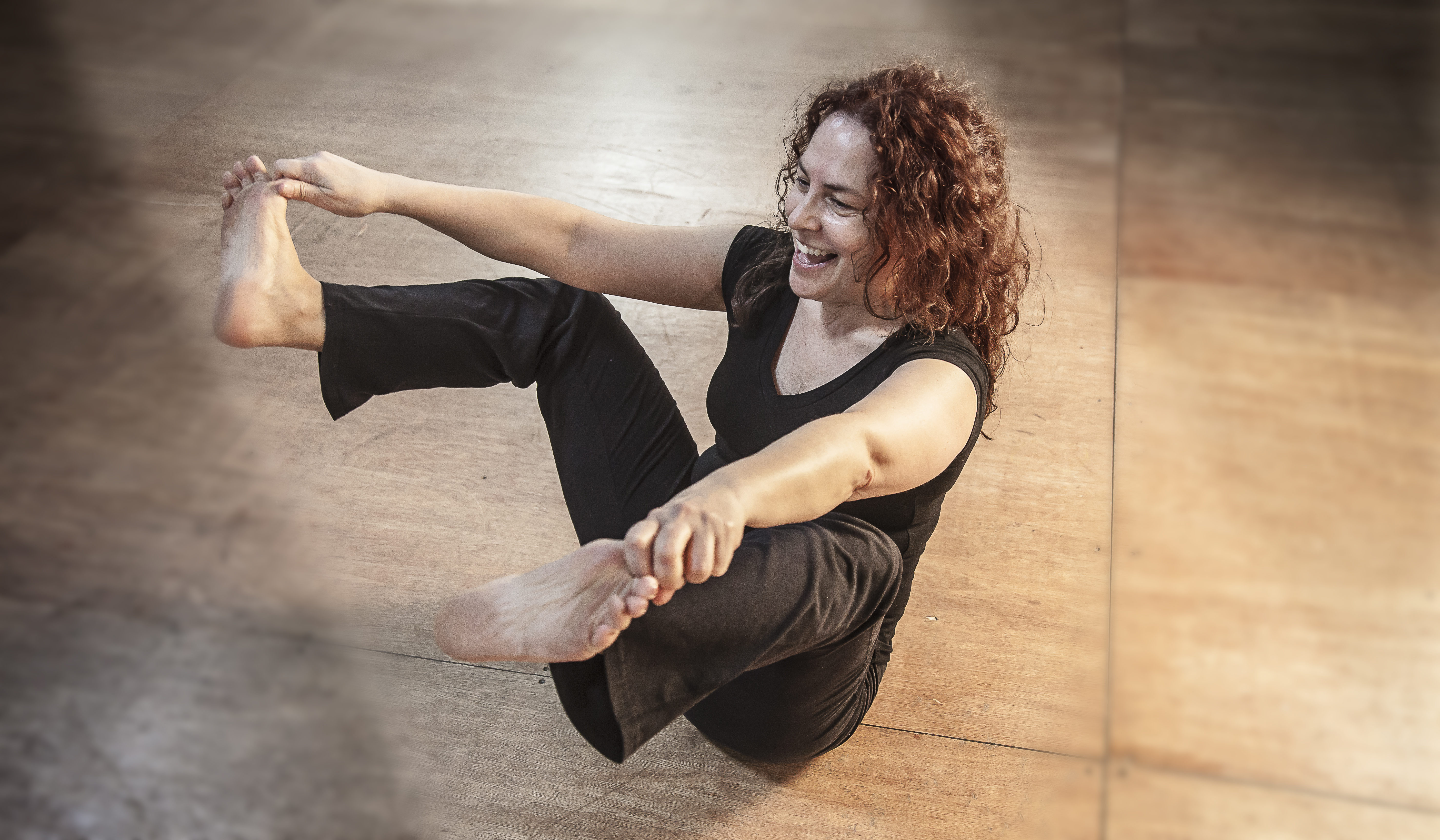General outline of the Training:

The 4 year training program prepares you to become an internationally accredited Feldenkrais practitioner.
The training program conforms to the International Training and Accreditation Guidelines set out by the EuroTAB (European Training Accreditation Board) and the IFF (International FeldenkraisFederation).
In this program you will have the opportunity to acquire a new professional skill while going through a process of self-exploration and personal growth. This process is the foundation of the Method and it’s practice.
The program will focus on understanding the intimate and intelligent relationship between motordevelopment, cognition, behavior and attention. In this context, emphasis will be given to the process and understanding of child development which is fundamental to the Feldenkrais Method.
Τhe curriculum covers all aspects of the method; The different aspects of the method will be introduced right from the first phase of the training and will be gradually developed in more depththroughout the 4 year program.
We will work in a variety of formats throughout the program and use a variety of materials toencourage the understanding of the method and its different dimensions:
Students will work and practice mainly as one big group, but at times they will be divided into smaller groups and practice in couples.
Students will form small study groups in between the segments to study and explorelearning material .You will be asked to read the books by Moshe Feldenkrais and possibly asked to discuss them in class.
Students will have the opportunity to watch a selection of videos from Moshe Feldenkrais’ lectures in Amherst in 1980,1981 as well as, a selection of videos of Moshe Feldenkrais giving Functional Integration lessons.
FI lessons: During the course of the training each student will receive twelve one-to-one FIlessons as part of their learning process. The lessons will be given by trainers, assistant trainers and experienced practitioners respectively.The majority of these lessons will be given outside the hours of the training and will be open to observation by other students as part of their learning process.
After the completion of the first segment in Year 3, you will be given a provisional certificate that allows you to teach ATM group lessons in public.
Students are authorized to teach individual FI lessons after their successful completion of the 4 year training program.
Who is the training for:
People that are looking for a new career as Feldenkrais Practioners.People that are looking to bring new perspectives to their work; after graduation, many students have applied their education to such fields as physical therapy, occupational therapy, neuromuscular rehabilitation, childhood special education, massage therapy, psychotherapy, sports training, dance, music, performing arts and more. Finally people that are interested in improving their own health and well-being.
Prior experience in the method is required.
The Curriculum
First Year
Students shall dive into the experience and effects of ATM lessons. Students will start to teach short ATM lessons in class.
Through the experience of ATM lessons we will explore the basic strategies and principles utilized by the Method:
- Slow movement to increase awareness
- Variations to explore new options for movement
- The concept of Reversible Movement
- Proximal and Distal relationships
- Auxiliary movements
- Global and differentiated movements
- The use of imagination to clarify the intention of movement
In addition, through a series of lectures we will explore the cognitive and theoreticalaspects behind the principles of the method:
- The Weber- Fechner law
- The developmental aspects in ATM lessons.
- Dynamic systems theory
- Functional anatomy
- Non-judgmental thinking and acting
Finally, hands on work between the students will also be introduced in the first year.At this stage it will provide the context to further facilitate your own personal learning and understanding: You will begin to develop your own sensory acuity and observation skills essential for Functional Integration lessons.
Second Year
The second year of the Training Program addresses the themes of structure and function in both ATM and FI lessons.
In order to prepare students for teaching ATM to the public the focus will shift on understanding the structure and patterns of the lessons.
All aspects of teaching ATM will be covered; you will have the opportunity to practice giving ATM lessons under supervision.
At the end of the year the ATM Practicum will take place to prepare you for teaching ATM lessons in public: Every morning before class one student will give a half hour ATM lesson to co-students under close supervision of an assistant trainer.
Third Year
On the third year the emphasis will be on understanding Functional Integration and teaching ATM.
Students will practise components of FI and learn how to connect them to create a whole lesson.
The focus will be on the use of touch and tactile non-verbal communication and further developing your sensory acuity, perceptual understanding, listening and technical skills as required for thepractice of Functional Integration lessons.
Students are introduced at this stage to the idea of how to start and finish an FI lesson.
Fourth Year
The fourth year continues to develop all of the themes introduced in the previous years with emphasis on FI practice.
In order to prepare students to give Functional Integration lessons in public, we will give students the opportunity to give lessons to people from outside the training under supervision during the segments.
At this stage, in order to provide as much individualized feedback and attention as possible we will make greater use of small groups before class.
Working under close supervision you will learn how to maintain an open attitude Howard learning and how to analyze movement patterns while you construct meaningful learning situations for others.
A Functional Integration Practicum will be held toward the end of the year.
